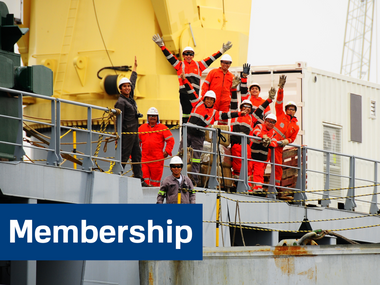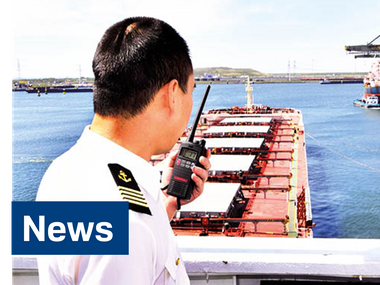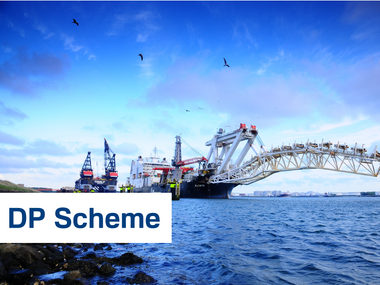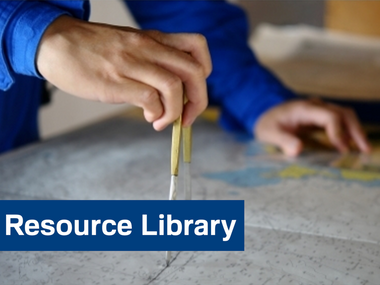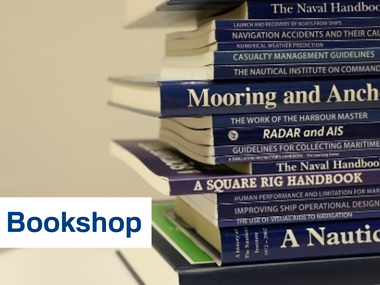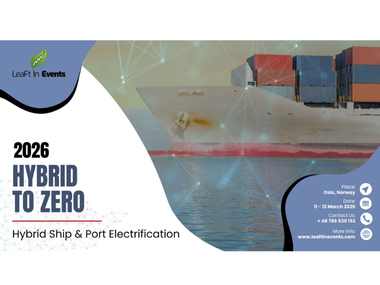The Nautical Institute
The Nautical Institute is an international membership organisation for maritime professionals, working at sea and ashore, and a leading authority in the maritime industry.
We are an educational charity dedicated to promoting the highest standards of professionalism, best practice, competence and safety in the maritime industry by providing professional development opportunities, training, publications and accreditation.
In case you missed it: Navigator Features
GNSS jamming
GNSS such as GPS, GLONASS, Galileo and BeiDou are key elements of positioning, navigation and timing. Their signals, however, can be affected not only by unintentional interference but also by intentional jamming. The growing reliance of ships on GNSS means that seafarers need to be aware of how GNSS jamming happens and how to detect it
The NavigatorProtecting whales from vessel strikes
As mariners, we share the sea with countless marine creatures – yet we often overlook how our vessels impact their lives. As responsible seafarers, this is an issue we can no longer ignore. Captain Aly Elsayed AFNI, from the IWC expert panel on preventing whale strikes, looks at some of the dangers that whales face and how we can help keep them safe.
The NavigatorThe science of anchoring
Most mariners will have spent time at anchor, usually while waiting for orders, a berth or perhaps high water. To understand the perils and pitfalls of using an anchor, it is important to know exactly what an anchor is designed for and when it should be used.
The Navigator
Top Viewed Mars Reports
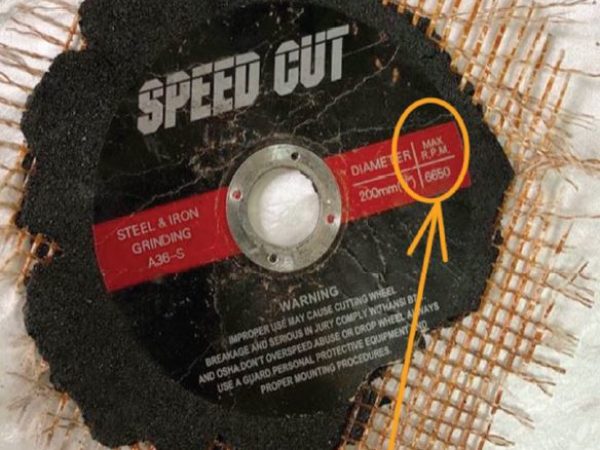
201908 Grinding accident - check your RPMs
A loaded tanker was at anchor awaiting berthing instructions. During the course of the day, routine work was planned in the engine room.
Read now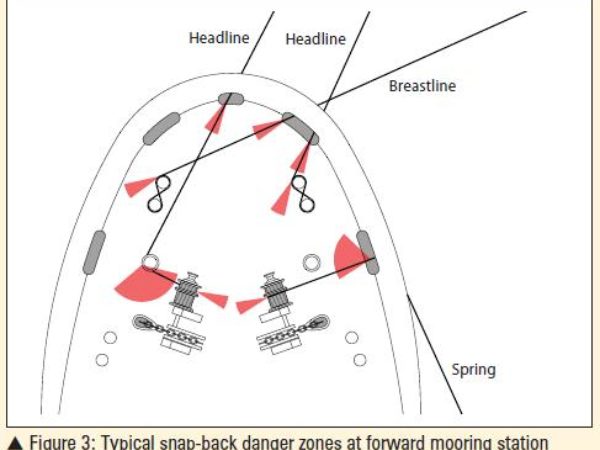
200933 Preventing mooring accidents
Adapted from UK P&I Club's Loss Prevention Bulletin January 2009 Statistical evidence shows that in 53 per cent of all cases of personal injuries arising from mooring incidents, ropes (wire or fibre) have parted under load and personnel within 'snap-back zones' have been hit.
Read now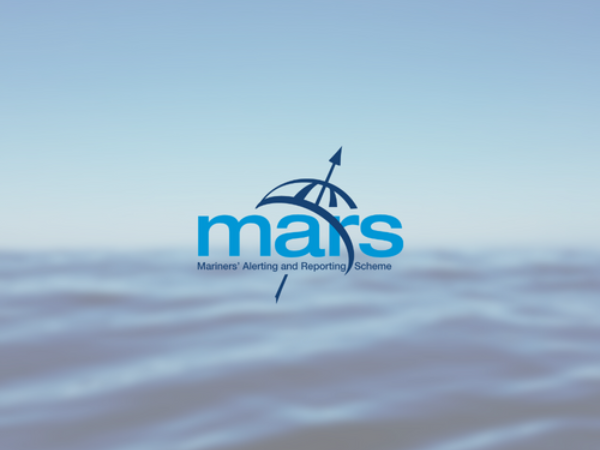
200740 Free-fall lifeboat launch
This report does not arise from an incident but is rather an advisory to ships’ crews who may have to operate free-fall lifeboats.
Read now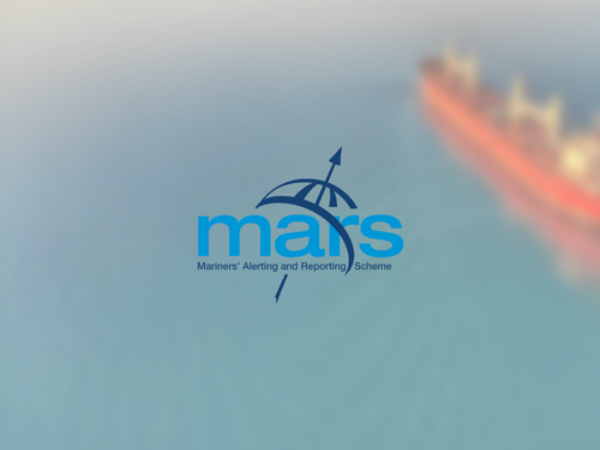
200161 Lifeboat Falls and SOLAS
The manufacturer's instructions on the maintenance of the lifeboat falls stipulate that "the falls shall be turned end for end at intervals of not more than 30 months and be renewed when necessary, due to deterioration of the falls or at intervals of not more than five years, whichever is the earlier".
Read now

